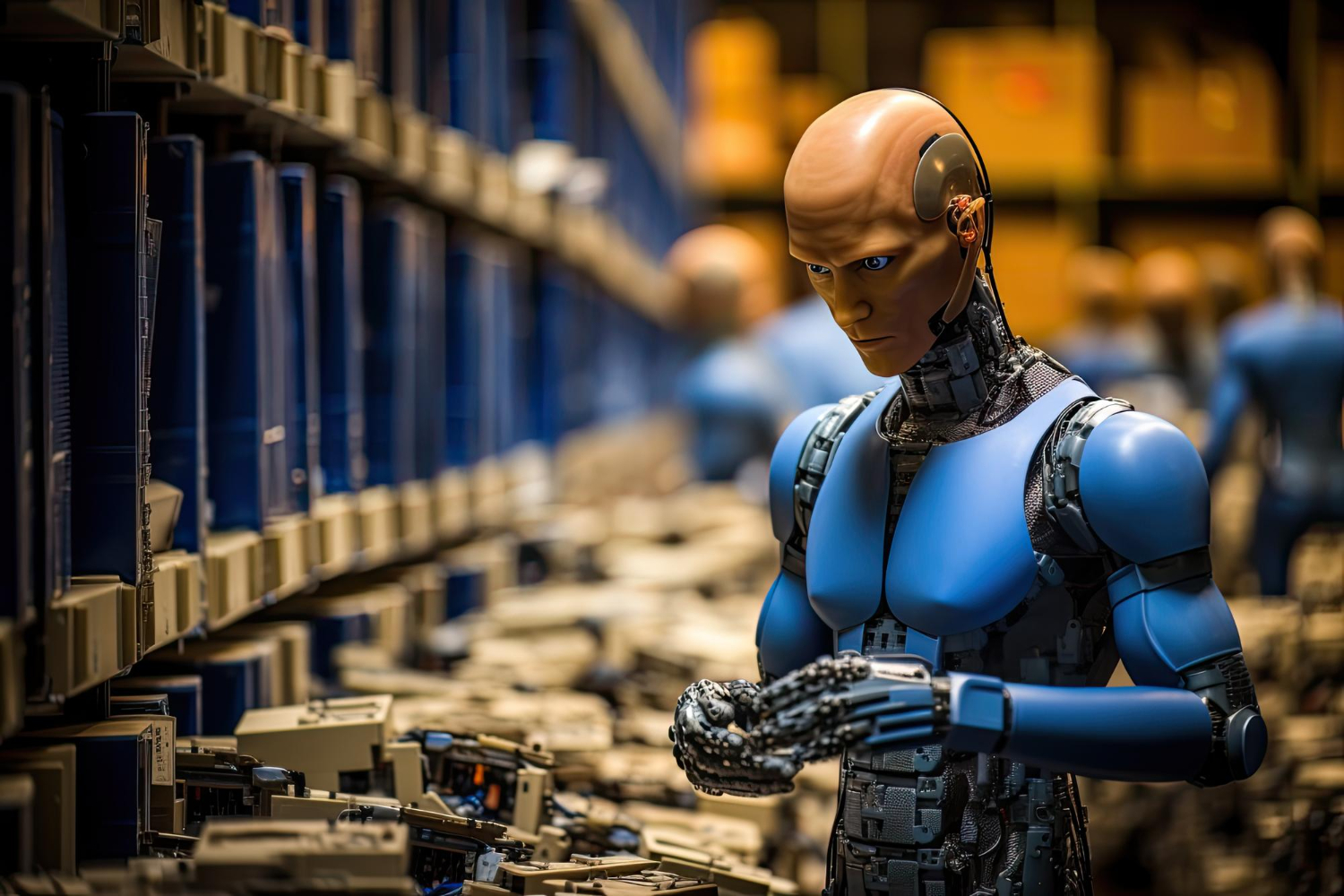Lately, there has been a noticeable surge in the number of companies venturing into the development of humanoid robots, marking what seems to be the next significant advancement following the proliferation of artificial intelligence. Earlier this year, OpenAI made a strategic investment in a pioneering robotics startup called 1X, which has managed to surpass Elon Musk’s Tesla in deploying the inaugural AI robot within a workforce context. This groundbreaking robot, known as EVE, has already found its place as a security guard in an Android manufacturing facility, where it’s making waves by redefining the realms of surveillance and security.

Furthermore, another notable player in this field is Figure, a San Francisco-based startup that specializes in the advancement of AI and robotics technology. Their overarching mission revolves around crafting robots with the ability to perceive, reason, and execute actions effectively within the real-world environment.
With all these latest improvements in Robotics, now Imagine having robot assistants in your home that can lend a hand with chores – tidying up clutter, washing dishes, or preparing a meal. Researchers are working to make this a reality through a new AI simulation training method.
The key challenge is creating versatile robots capable of diverse skills rather than just excelling at one narrow task like vacuuming. This requires robots to have general capabilities that let them adapt to new jobs as needed.
The key idea here is to leverage AI language models – the same technology behind chatbots like ChatGPT – to automatically generate unlimited training data for household robots in simulation. Their method provides a pathway for developing flexible generalist robot abilities.
Handling Complex Tasks through Sub-Task Decomposition:
Many household chores involve multi-step workflows. For instance, tidying a room entails recognizing clutter, grasping objects, putting them in appropriate locations, and more. It requires long-term planning.
Rather than make robots reason through lengthy complex processes, the researchers suggest simplifying the problem. The AI system decomposes high-level goals into short and simple sub-tasks – like “grasp cup”, “put cup in sink”, “open drawer”, etc.
The robot can focus on learning these basic skills through repetition in simulation. Chaining these sub-tasks in the right sequence empowers the robot to accomplish the bigger task.
Simulated Training for Diverse Real-World Situations
Real-world robot training is time-consuming, expensive, and constrained in diversity. Simulated environments can provide limitless variation at speed and scale.
The AI system automatically generates detailed simulated training scenarios matching real-world complexity. For a task like “organize pantry”, it creates varied shelf configurations, food items, lighting conditions, and more for the robot to practice with.
This exposes robots to edge cases and diversity far beyond what limited physical training offers. Developing robust skills for the chaotic real world becomes feasible.
Benefits of AI-Powered Simulation Training
AI-guided simulation generates nearly unlimited training data, making it highly scalable. Robots can attempt tasks millions of times in constantly fresh environments and scenarios.
It reduces the need for time-consuming human oversight and input like manual scene and task construction. The AI system handles this automatically.
With simulation, robots can safely explore and fail during training without real-world risks of damage. Dangerous tasks like knife handling can be taught without worry.
The researchers believe that by learning vast general skills through AI-generated simulation data, robots can acquire the breadth of capabilities needed to assist effectively in human environments.
Ongoing Challenges to Realize the Vision
Some challenges remain around accurately simulating complex physics, domain transfer from simulation to reality, and measuring general intelligence.
Creating believable simulated environments may require better physics models and rendering than currently feasible. But rapid progress is being made on simulation realism.
Evaluating the flexibility and general competence gained through this approach – beyond just task success rate – also poses research questions.
Nonetheless, researchers are optimistic that combining powerful AI and scalable simulation can unlock the next evolution of capable household robots.AI-guided simulation offers a promising path to create adaptable and helpful robot assistants suited for the messy realities of the real world.


